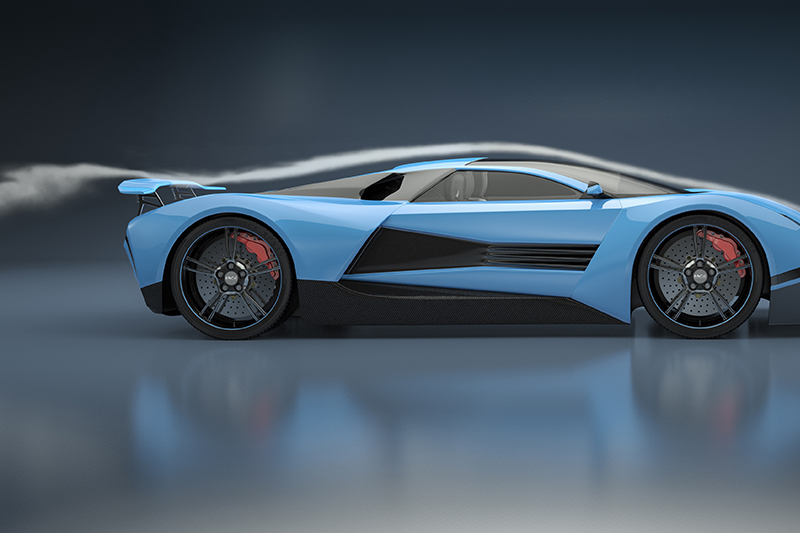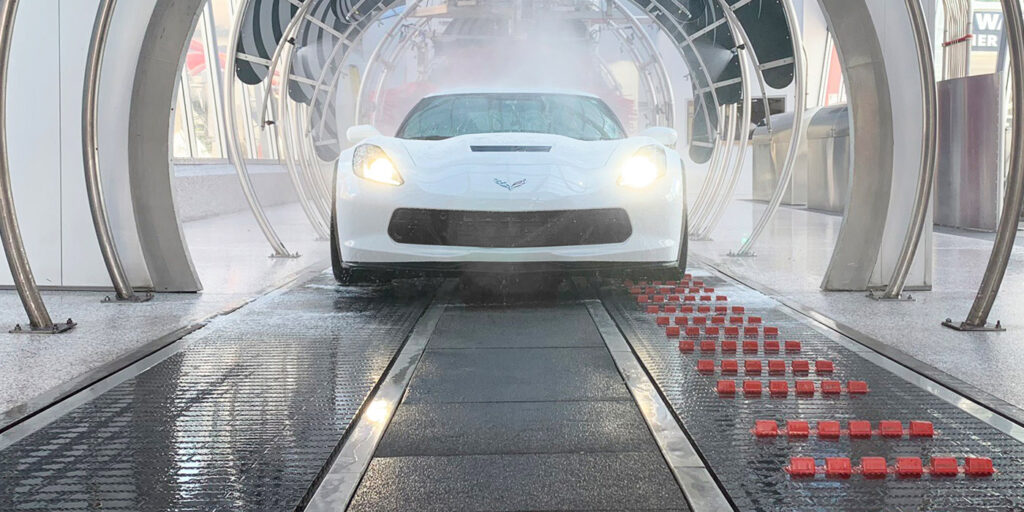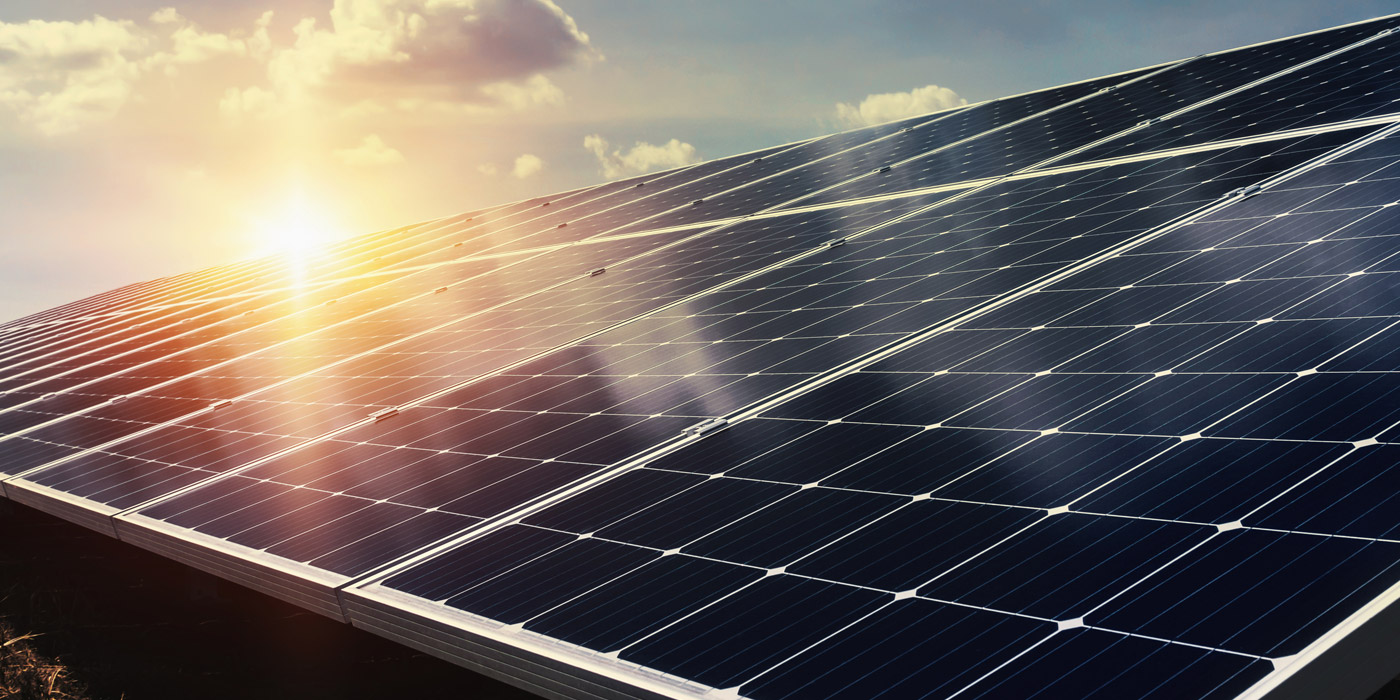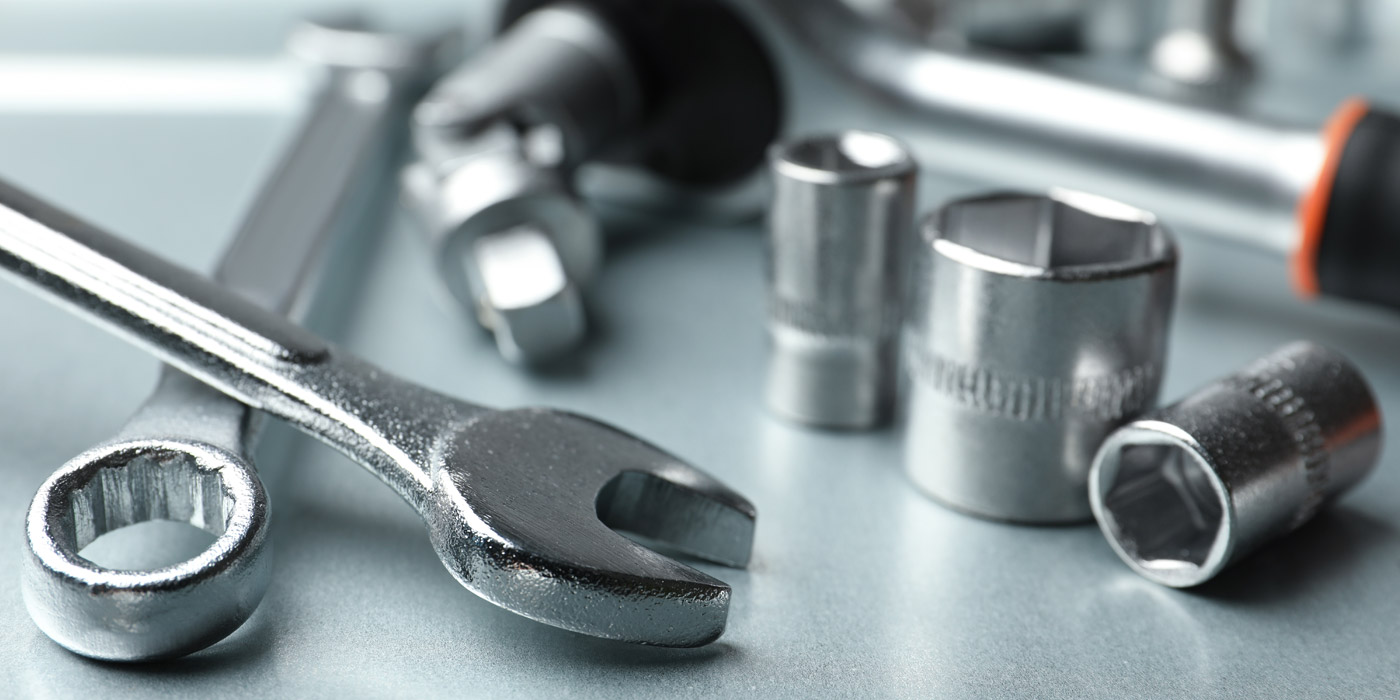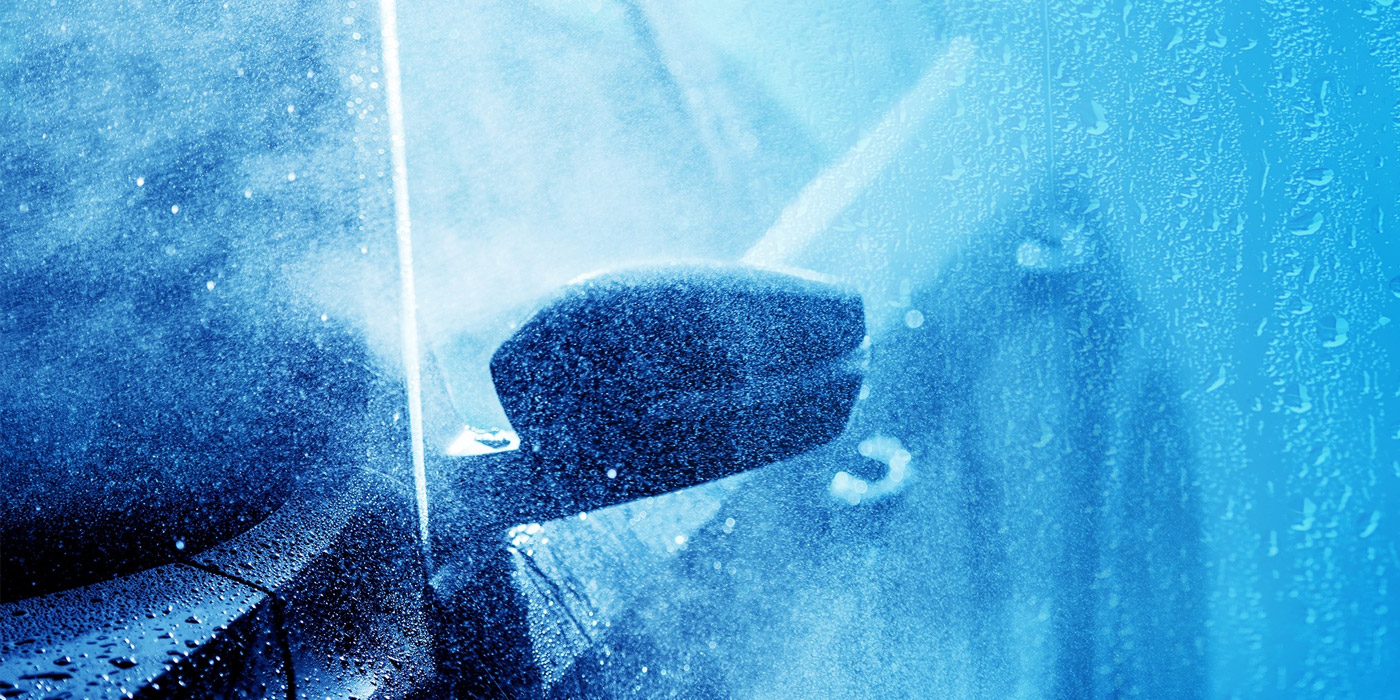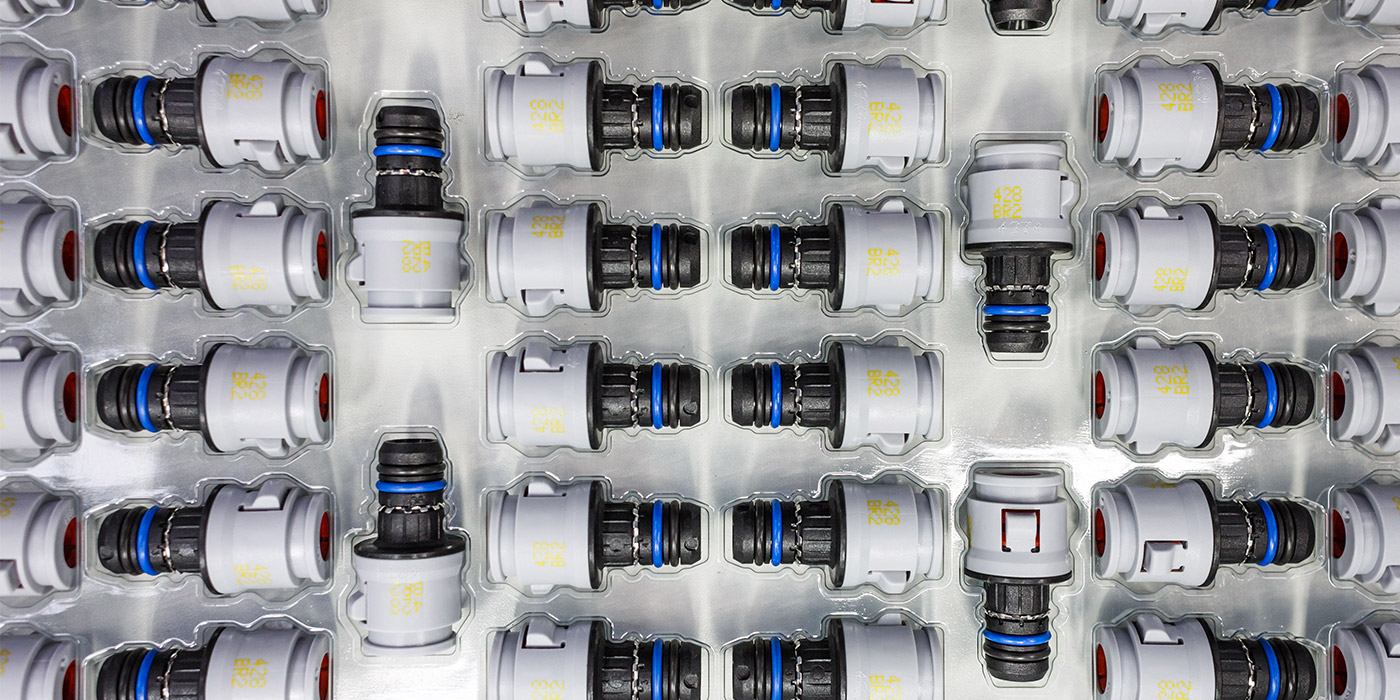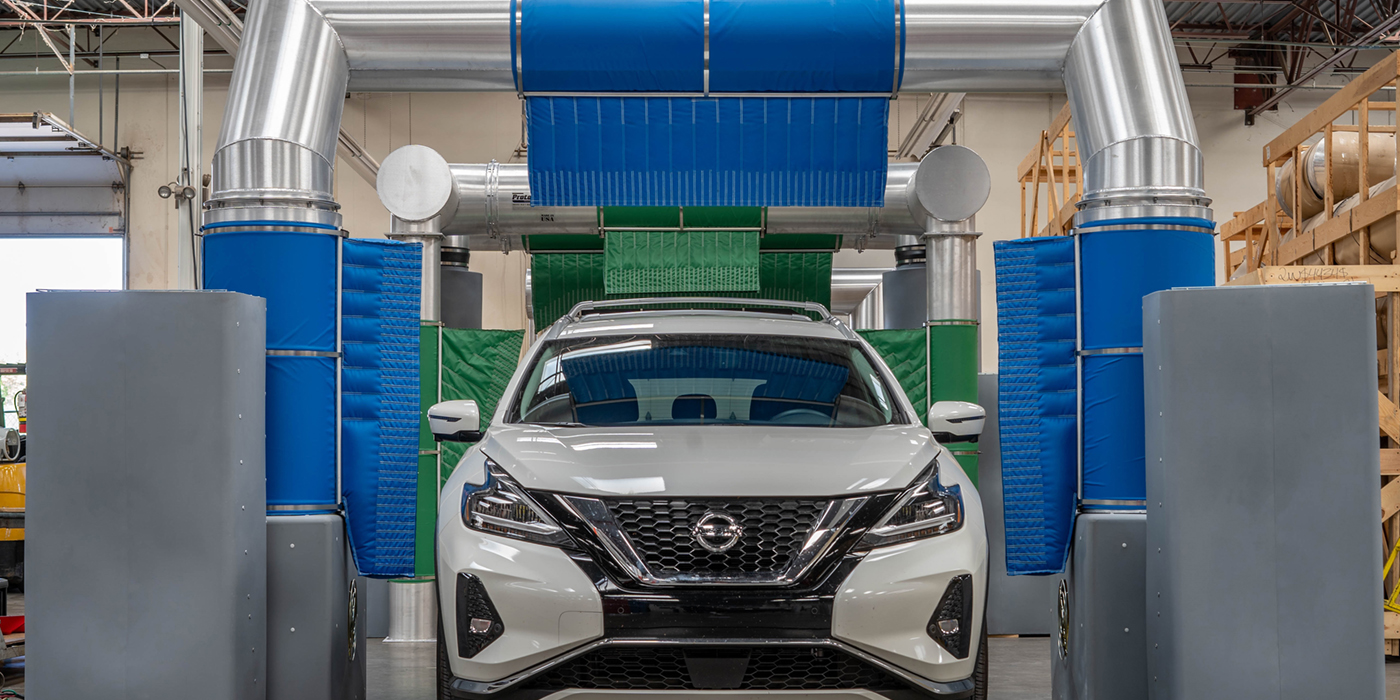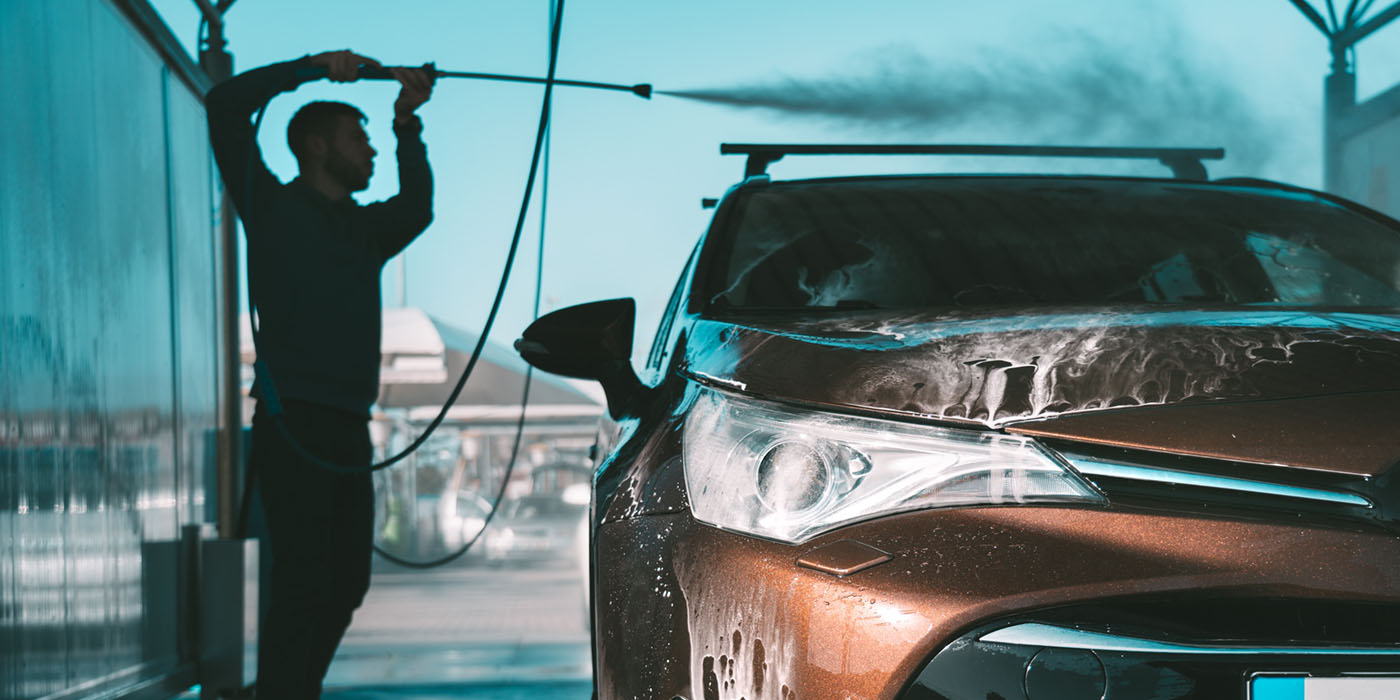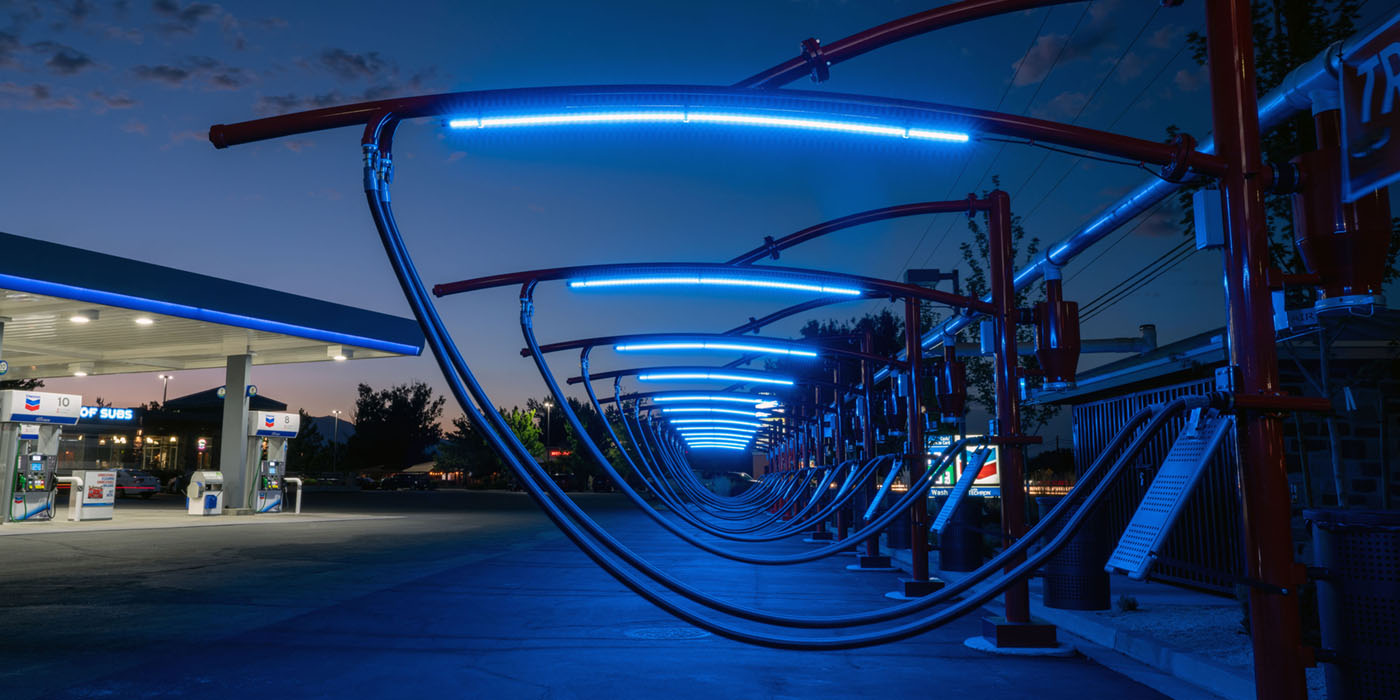How important is drying in the overall carwash experience? According to any carwash professional in the know, drying is in fact one element of a critical set of three factors that are of utmost importance in final wash results. In fact, if you ask any experienced carwash pro to explain what the ideal wash result should be at a carwash, he or she will likely recite our industry’s mantra: clean, dry and shiny.
Dry result variables
If your carwash is not achieving completely dry results as customers leave the lot, there could be a few reasons for this outcome. In fact, sometimes, there are several reasons in play for why the carwash is not delivering dry cars.
“There is not always one reason,” confirms Archie Johnson, president and owner of The Dryer Pros and experienced carwash professional with over five decades of experience delivering clean, dry and shiny results. “Drying cars the right way has a lot to do with the environment, the drip space, the conveyor speed, the amount of water and chemical additives in the wash process and the actual dryer itself.”
Those are just some of the variables involved with producing completely dry results. Another determinant is the skill level of the operator, for example. For operators who are blinded by the prospects of high volume and its associated profits, running conveyor speeds too high will likely counteract effective washing and drying.
“If you run the conveyor too fast, the dryer will not perform as intended, and this is a common mistake a lot of operators, especially inexperienced ones, make,” says Johnson.
Therefore, a new operator starting fresh should determine the goals of his or her site before purchasing a dryer, designing the tunnel or selecting a conveyor speed. While you can adjust the rate of cars your tunnel is able to process, going back on your dryer equipment selection could be a bit more challenging, and costly.
Promoting effective drying
According to Johnson, a tunnel carwash should have a minimum of 10 feet of drip space after the last rinse arch to promote effective final drying. Then, after your customers’ vehicles have shed the excess water from the wash process, setting up your blowers is more of a science as well as an art.
Johnson recommends carwashers set up their first air producer so that it projects a stream of air down the middle of the car. “This helps to separate water from the horizontal surfaces,” he adds. As a car moves forward, each unit should be strategically positioned to create an overall, dynamic drying experience.
In addition to the speed, tunnel design and wash conditions, you can also ensure effective drying by constantly checking the conditions of the equipment itself. As Cheryl Dobie, owner of Aerodry Systems LLC, notes, neither pressure nor airflow volume alone can effectively move fluid and dry vehicles.
“It is important to keep inlets and outlets free of debris and dirt buildup so airflow is not impeded,” asserts Dobie. “The correct combination of pressure and volume provide complete vehicle coverage and the adequate force to remove properly treated rinse water.”
According to Dobie, an operator needs to understand that only a small amount of pressure is necessary to break the surface tension. “Then,” she continues, “the volume along with the weight of that volume will effectively move the debris/water. That said, any restriction of that airflow will result in reduced dryer performance.”
Drying by wash and vehicle type
Each wash format is unique, and every vehicle that enters your wash will be different. Still, there are certain commonalities that operators should understand to help promote effective drying at their sites. Two vital areas of concentration for drying effectiveness that Dobie promotes are equipment placement and water quality.
Related: Q&A: How to wash large and recreational vehicles
“More drying horsepower (HP) is required to remove spot-free water or water that is not treated properly. Assisting the process by establishing a beading of water is vital because beads are lighter, have less surface tension and, therefore, are easier for the drying system to remove,” explains Dobie.
When setting up a new dryer system, unfortunately, one size does not fit all. For new operators or experienced operators with new equipment, Dobie recommends making equipment choices based on the dryer that will have the greatest positive impact on the largest number of vehicles at the wash.
“Also, know and understand the components and capabilities within your system. Choose simple, reliable components over complication and glitz,” says Dobie. “Maintaining simplicity is deceptively difficult, and humans have a natural tendency to drift toward complexity. But remember, designs that are harder to understand create forced downtime and costly replacements, which are an expensive way to operate.”
Because of vehicle shape, drying is completed in stages. Once the airflow impacts the water, a certain amount of time is necessary for water to move in the appropriate direction, allowing the next dryer component to further or complete the removal. Therefore, line speed must be considered when sizing and placing the drying components to allow vehicles adequate time under the dryers.
Another wash format, which is driven by volume and customer loyalty, has emerged over the past 15 years that presents drying challenges. Express exterior washing usually features fast conveyor speeds, requiring more equipment to clean and dry vehicles in a shorter amount of time.
“Therefore, the length of drip space may become limited, and alternative methods, such as ‘Flash Dry’ are utilized,” asserts Dobie. “It is important to note that ‘Flash Dry’ is a ‘technique or a concept’ having to do with the position of the first overhead dryer. While it is true this dryer should have significant velocity, the concept is not limited to one specific brand or style. The idea is that, immediately after a thorough rinse, the water is still in motion, so ‘keep it moving,’ as opposed to allowing the water to puddle. Once the water puddles, the dryer has to restart the motion.”
Again, cleanliness of the vehicles and proper treatment of rinse water plays a major role in the success of this concept.
Regular equipment checkups
As noted in previous articles published in Professional Carwashing & Detailing magazine and on Carwash.com, equipment maintenance when done right can be a cost saver. However, when it is neglected, equipment malfunction or failure can lead to bottlenecks, downtime and the greatest detriment: unhappy customers.
How often should you check on your dryers to achieve peak performance?
“An operator should have two equipment maintenance checklists: a daily checklist and a monthly checklist,” educates Johnson. Included in the daily checklist should be routine checks of the smaller, more obvious outer components. “For the monthly list, operators should be checking the bigger components of the dryer equipment, such as motors, impellers, etc.”
Related: Six maintenance tips for carwash dryers
Having been in the industry for over 50 years, Johnson has seen a fair share of equipment advancements and, in particular, an evolution of dryer equipment. He notes that today’s dryers are much more energy-efficient compared to the equipment of past decades. Smarter equipment is now practically used on-demand, lowering waste and costs. As a result, components are more complex compared to previous models, making maintenance checks even more important.
Suppliers and manufacturers are great resources to use when finding the right combination that will promote effective drying and simplified maintenance needs.
“Each manufacturer should provide specifications and a preventive maintenance guide relative to their equipment,” notes Dobie. “Generally, operators need to visually inspect the dryers for airflow restrictions and loose components on a continual basis, along with monitoring the rest of their wash equipment. A regular maintenance schedule would include checking the stability of electrical connections, and the frequency of this inspection would depend on the number of cars washed, weather conditions and overall equipment condition.”
In short, every wash is unique, and each piece of equipment will require its own set of maintenance needs. Working with industry partners, such as manufacturers, will help your wash realize the way to complete, effective drying.
So, why is a dry car the path to customer loyalty and increased business? As Johnson simplifies, “Delivering a dry car is of utmost importance because that’s what the customer expects and that’s what the operator is selling.”

